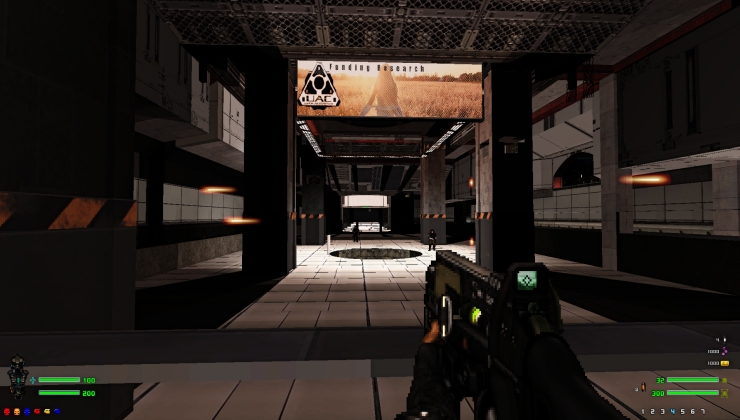If you're in the market for a laptop that combines AMD with NVIDIA, you're in luck with the release of the Kudu from System76. As teased back in early January, it's now available to buy starting at $1,799.
Quite the powerhouse really with the rather good Ryzen 9 5900HX, backed up by some pretty good NVIDIA graphics too. This is a laptop for serious enthusiasts who need some power on the go. Buying from System76 would be a good idea if you want top-class Linux support too, since Linux is their dedication. It also comes with your choice of either Ubuntu or their own Pop!_OS.
From the short and sweet press release: "The new Kudu laptop combines the latest in AMD mobile computing with discrete NVIDIA graphics," says Ben Shpurker, Product Manager at System76. "This combination makes it the perfect machine for creating on the go."
| Processor |
AMD Ryzen™ 9 5900HX: 3.3 up to 4.6 GHz - 8 Cores - 16 Threads |
| Display |
15.6″ 1920×1080 FHD Matte Finish, 144Hz |
|
Graphics |
NVIDIA GeForce RTX 3060 |
| Memory |
Up to 64 GB DDR4 @ 3200 MHz |
| Storage |
2 x M.2 SSD(PCIe NVMe). Up to 4TB total. |
| Expansion |
1× USB 3.2 Gen 1 Type-A, 1× USB 3.2 Gen 2 Type-A, 1 × USB 3.2 Gen 2 Type-C, 1× USB 2.0 Type-A |
| Input |
Multitouch Clickpad, Multi-Color Backlit US QWERTY Keyboard |
| Networking |
2.5 Gigabit Ethernet, WiFi 6, Bluetooth 5 |
|
Video Ports |
1 × Mini DisplayPort 1.4, 1 × HDMI(w/HDCP), 1 × USB 3.2 Gen 2 Type-C w/ DisplayPort 1.4 |
| Audio |
Stereo Speakers, 1 × Headphone/Microphone Combo Jack, 1 × Microphone Jack |
| Dimensions |
14.21″ × 10.16″ × 1.14″ (36.09 × 25.81 × 2.90 cm) |
What do you think to this? Worth the monies? Let us know in the comments. If you need power, and you need to be flexible on your working / gaming, it should handle an incredible amount thrown at it.
You can buy it from the official website.






 How to setup OpenMW for modern Morrowind on Linux / SteamOS and Steam Deck
How to setup OpenMW for modern Morrowind on Linux / SteamOS and Steam Deck How to install Hollow Knight: Silksong mods on Linux, SteamOS and Steam Deck
How to install Hollow Knight: Silksong mods on Linux, SteamOS and Steam Deck